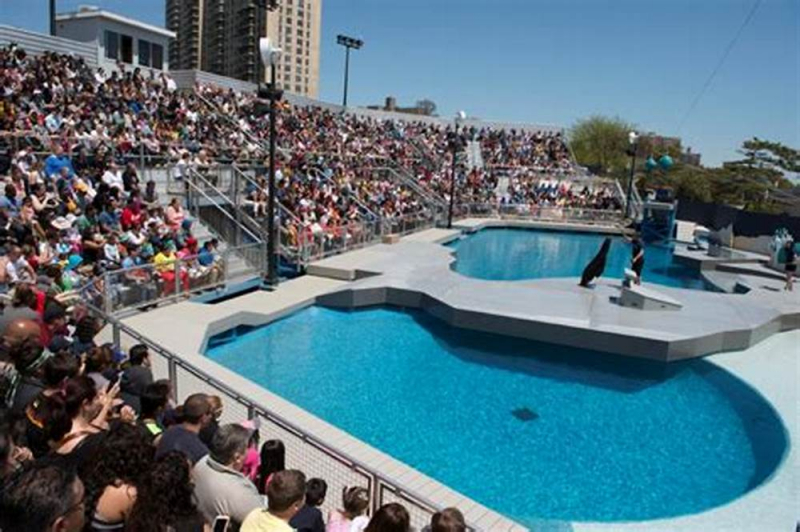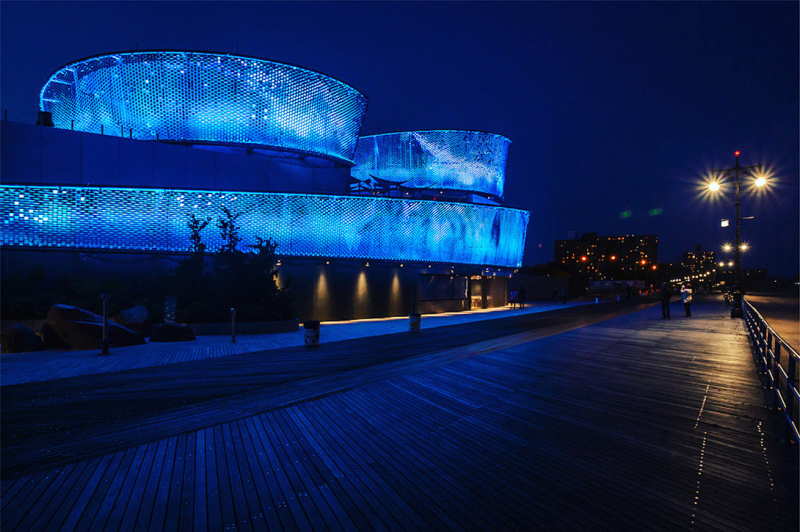New York Aquarium, USA

Top 3 in Top 8 Best Aquariums In The World
The New York Aquarium, which is situated on the Riegelmann Boardwalk in Coney Island, Brooklyn, New York City, is the country's oldest continuously functioning aquarium. It was established in 1896 at Castle Garden in Manhattan's Battery Park and relocated to Coney Island in 1957. The Wildlife Conservation Society (WCS) runs the aquarium as part of its integrated system, which includes four zoos and one aquarium, most notably the Bronx Zoo. The Association of Zoos and Aquariums has granted it accreditation (AZA). The aquarium's goal as a member of WCS is to preserve animals and wild areas around the world via science, conservation efforts, outreach programs, and inspiring people to respect nature.
Come to this amazing aquarium, visitors will be surprised by a lot of activities include 'sea change'. Sea Change offers intimate underwater views of sea lions, penguins, harbor seals, and sea otters. You can enjoy their underwater acrobatics, and when they come up to the glass to check you out, you’ll come face-to-face with these charismatic animals. Sea Change tells the story of our changing climate, and the effect it has on marine ecosystems and ocean life. You’ll learn about what we can all do to save these amazing animals from the threats posed by climate change. In 2022, Sea Change became the final public area of the aquarium to reopen from damage incurred by Superstorm Sandy in 2012. Improvements were made to the aquarium infrastructure to protect vital systems from future storms. Young children can explore a kelp forest, coral reef, and the sandy shore - and transform themselves into sharks, sardines, or whales in this bilingual exhibit! They’ll also get hands-on with marine animals at the Touch Pool. In PlayQuarium, you’ll learn how animals communicate underwater, and explore a life-sized kelp forest. Then play the role of a scientist and search for bioluminescent fish in a submarine. Children will feel connected to the ocean across the boardwalk and learn about the ecosystem thriving beneath the surface.









